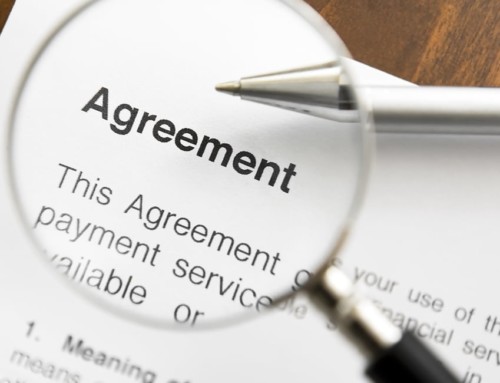The contracting process begins with the Purchaser, making an OFFER to you to purchase your property. This OFFER may be made with a finite response date so that you will need to consider the OFFER within that time-frame or it could become null and void.
If you agree to sell the property on the terms and conditions stated in the Purchaser’s OFFER, then you can sign the SALE AND PURCHASE AGREEMENT, and it will then be a binding contract. It may still have conditions that need to be met by the Purchaser, and possibly even you as Vendor, but, at least, an agreement has been reached.
If you do not agree to the OFFER’S terms and conditions, you may make a COUNTER-OFFER or simply reject the OFFER. This COUNTER-OFFER is a new OFFER back to the Purchaser, which they can either accept or decline. If there is a COUNTER-OFFER made by you, the Purchaser’s original OFFER now becomes null and void.
If the Purchaser agrees to the terms and conditions of the COUNTER-OFFER then once they have initialed any changes, a binding agreement has been reached. As mentioned above, the agreement may still have conditions that need to be met by the Purchaser, but, at least, an agreement will have been formed.
If the Purchaser does not accept the terms and conditions of your COUNTER-OFFER, then they can either make a further COUNTER-OFFER or cancel the negotiations.
As you can see, the process can take some time before an agreement is reached.
Once there is an agreement between both parties, the time for the Purchaser to meet any of their CONDITIONS in the contract starts to run. This is important to know from your perspective as Vendor, as it will dictate when an UNCONDITIONAL CONTRACT is likely to arise. This could be all important if you are purchasing a new house at the same time as settling the sale of your current property.







Leave A Comment